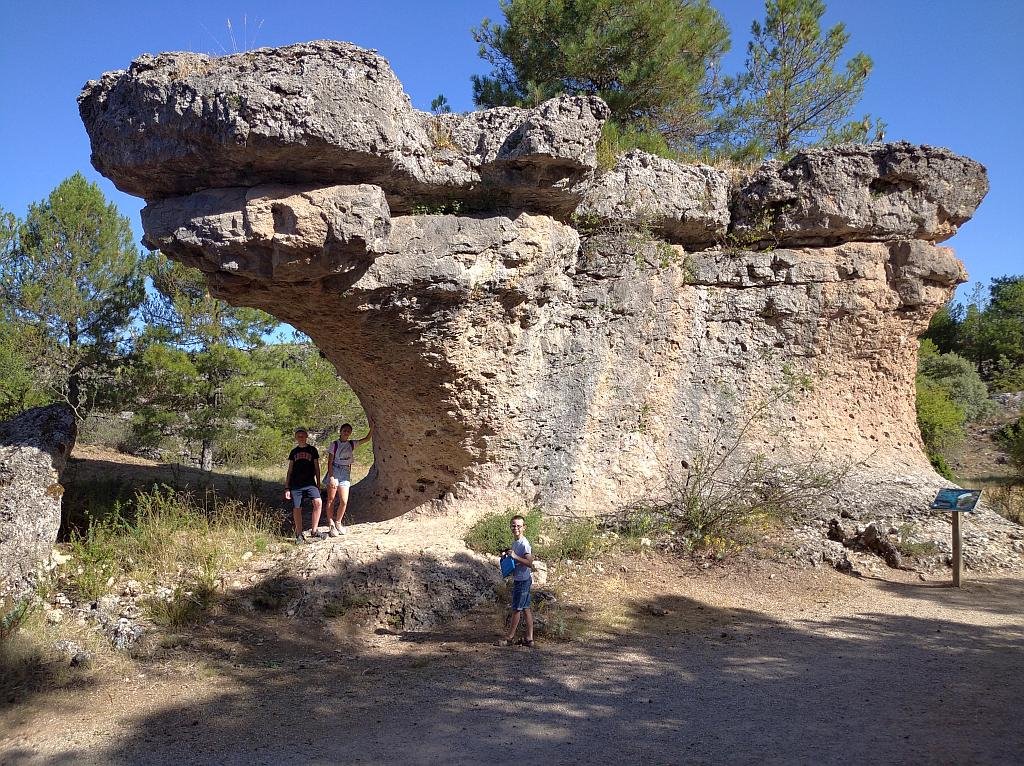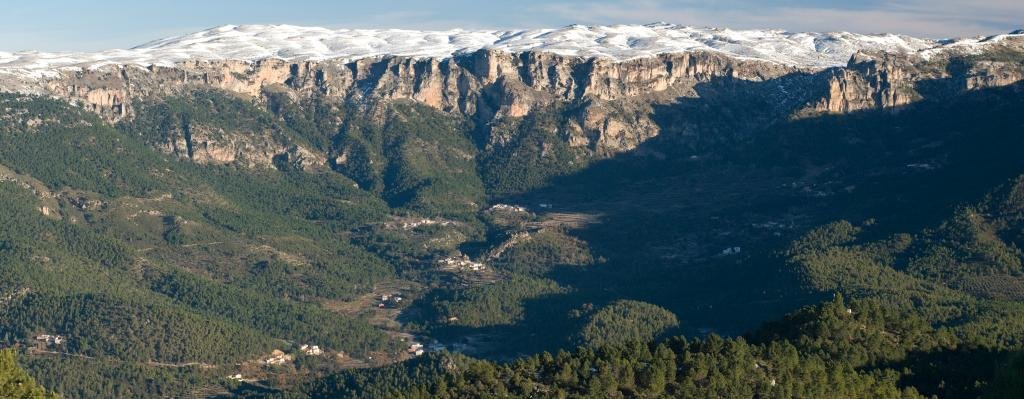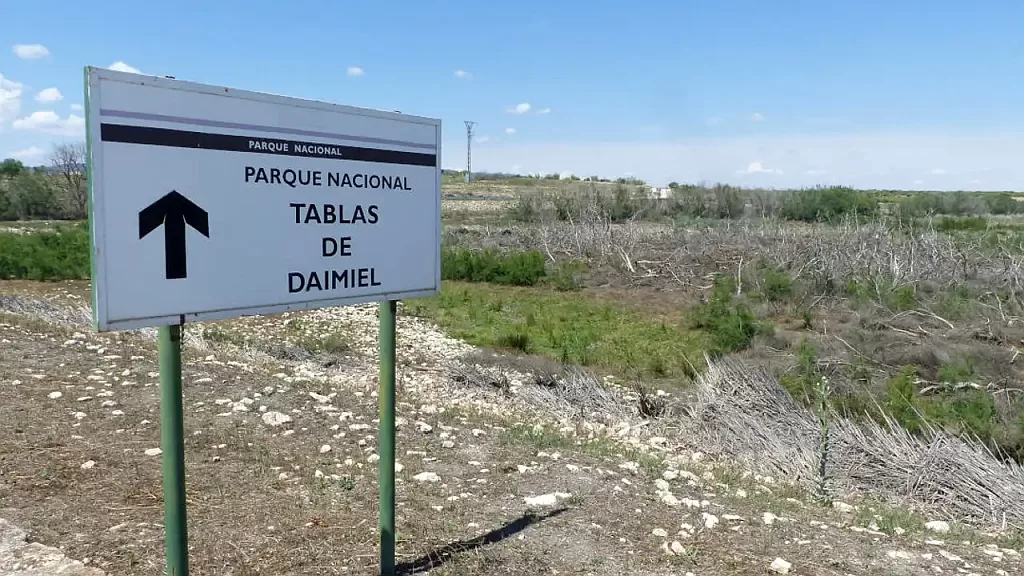- Region: Castilla la Mancha
- Province: Cuenca
- Declared a Natural Park: 2007
- Park surface area: 73,726 hectares
- Towns and villages: Arcos de la Sierra, Beamud, Cuenca, Huélamo, Portilla, Tragacete, Uña, Valdemeca, Villalba de la Sierra, Zafrilla.
Points of interest
The Serranía de Cuenca Natural Park is located in the northeast of the province of Cuenca and within the mountain range of the same name. (The area known as the Serranía de Cuenca itself is much larger and is within the provinces of Cuenca, Guadalajara and Teruel).
The protected area is close, at its northwestern edge, to the Alto Tajo Natural Park. The Cuenca mountain range stands out for the existence of a very unique landscape, in which fascinating geological structures are numerous. This peculiar landscape, sculpted by water on calcareous rocks, is called karstic and its formation is due to the dissolution and/or precipitation of calcareous rocks.

The area has also become famous as a starlight destination. The Starlight Foundation is a non-profit organization that was founded in 2009 to promote the protection of the night sky and the development of “astrotourism” and there is an ever growing list of starlight destinations in Spain to visit.



